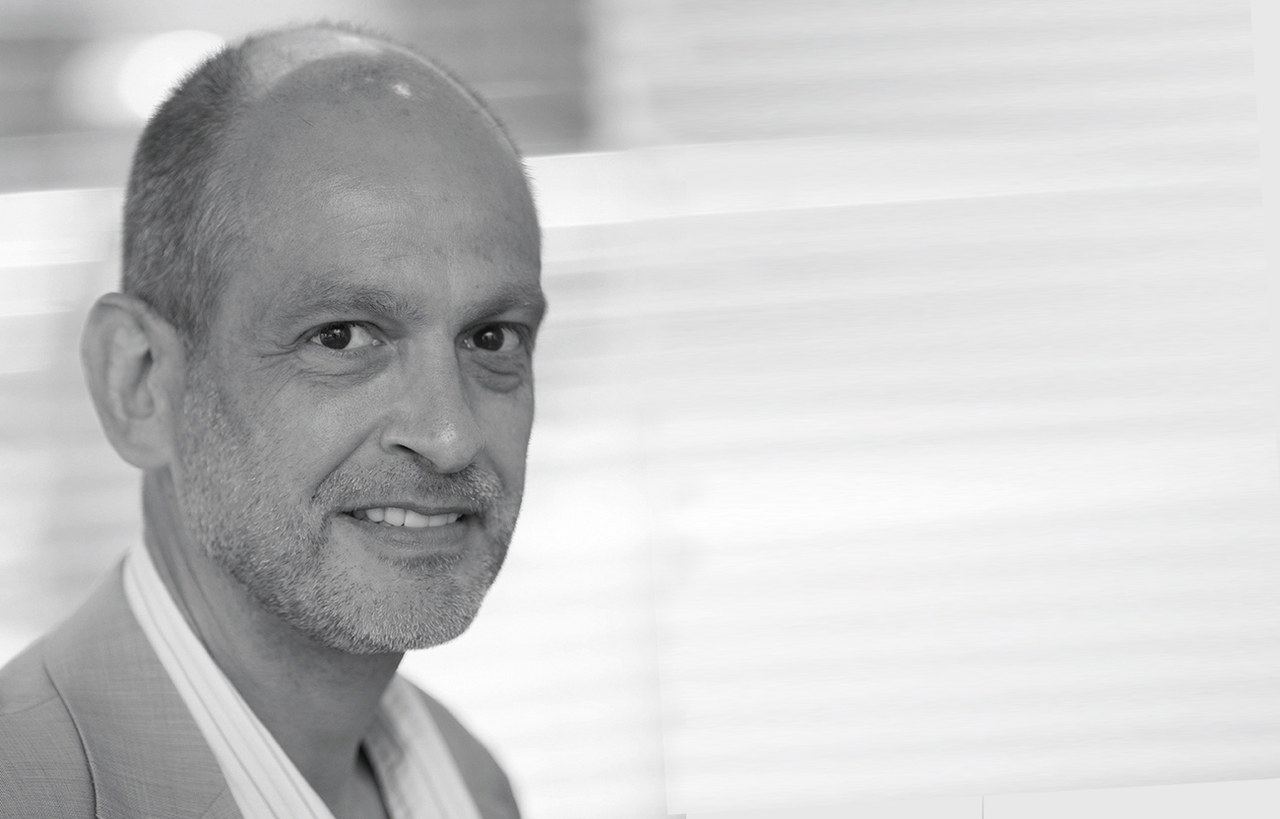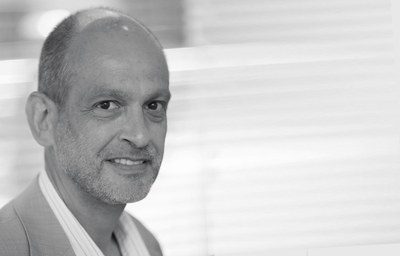A Confusing Situation that demands Solutions: Performance Specification
Product innovations are not the only consequence of recent advancements in the lighting market. These changes must be accompanied by a realization that the “old” methods for specifying the performance of lighting products no longer fully apply and need to be amended. From the perspective of DEKRA, an organization specialized in the testing and certification of SSL products, the current situation shows the following picture:
Lighting performance has traditionally been measured based on international standards. However, in view of the emergence of solid-state lighting (SSL), many of the existing standards lack relevant testing methods or no longer give adequate results. Changes are already being made to some standards. CRI offers the prospect of a solution since new standards are being prepared and drafts look promising.
Many other standards do not fully address the new market needs for testing.
The LM80 standard, used worldwide for lifetime testing, necessitates a minimum of 6,000 hours (9 months) of testing. Nowadays, in view of the pressure to reduce time to market, development times are down to 6 months or less, which means that testing is not complete when the next generation of products is ready for launch. Furthermore, longer testing times are necessary if manufacturers are to make accurate long-term projections. Therefore, reliable highly accelerated testing standards are needed. Europe was lagging behind but the new IEC performance standard is in the process of adopting LM80 testing requirements (by late 2015).
In terms of other challenges, the issue of glare is a common sticking point. The existing standard was not written with today’s high-intensity point sources in mind, resulting in a degree of discrepancy; some luminaires may be classed as “low glare” according to the standard despite emitting a considerable degree of glare. Solutions are urgently needed here.
The new technology also poses some problems. For example, some SSL includes the use of pulse width- modulated currents, which has made flicker a major issue with potentially serious health concerns. Here, science is only starting to scratch the surface and the lack of scientific data forms the biggest obstacle to developing new standards. In another example, studies show that insects leave their habitat when certain light is present at night, so that light source is apparently disturbing nature. As with all new technology, it will take time for the long-term effects to become apparent.
Smart lighting also deserves more attention. Cybercrime is on the rise in relation to society’s growing dependency on computers, and systems require proper protection. Hackers could switch off the power in a smart building, like a hospital, or even an entire city, with potentially serious consequences. Hence, cybersecurity is becoming an increasingly pressing issue.
The development of clear international standards is in the interest of manufacturers, suppliers and end users alike. Companies are much more credible when explaining their unique selling points based on an industry standard rather than their own research. Meanwhile, for end users, standards enable true comparisons based on objective and independently verified test results. Standards are not aimed at obstructing innovation and advancement, but rather at facilitating the adaptation and further development of new technology – efficiently, transparently and above all safely.
Jacob Nuesink
Mr. Nuesink studied electrical engineering and electronics. He started his employment as an engineer for lighting andadvanced through roles as a project manager and teammanager to the current position of Global Account Manager / Business Developer Lighting for DEKRA Certification B.V. His main tasks are the development of new services and improving existing services for the lighting market as well as coordinating the global market approach to lighting and account management for key customers.


